Research & Analysis
U.S. Institute of Peace’s articles, reports, tools and other features provide policy analysis, research findings, and practitioner guides. These publications examine critical conflict issues at the center of the Institute’s work to prevent and resolve violent conflict.
The views expressed in these publications are those of the author(s).
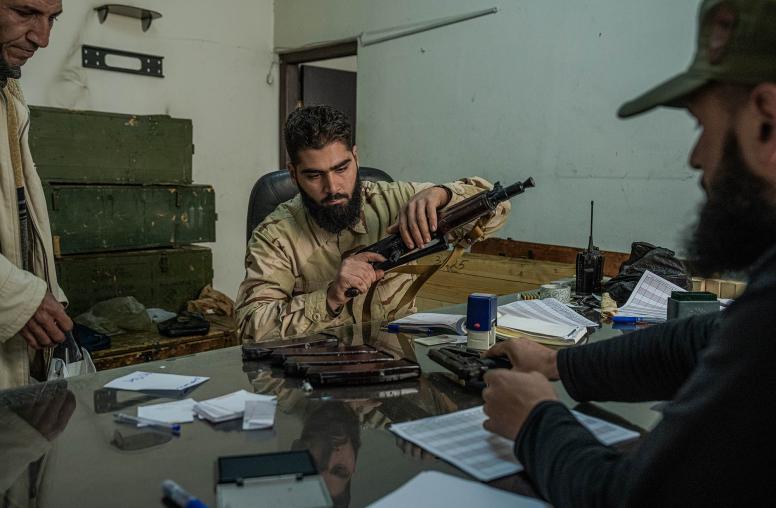
Sectarian Violence Threatens Syria’s Shaky Transition
Syria is witnessing the most significant sectarian violence since the fall of the Assad regime on December 8, 2024. Unverified estimates put the death toll over 1,000, with civilians comprising the vast majority of those killed. Clashes have largely been centered in Alawite strongholds along Syria’s Mediterranean coast, from the city of Tartus north to Latakia. The violence prompted large-scale protests in Damascus and other cities, while many anxious Alawite families have fled their homes along the coast. Syria’s interim president, Ahmed al-Shara, has called for “civil peace” and announced the launching of an independent committee to investigate the killings.
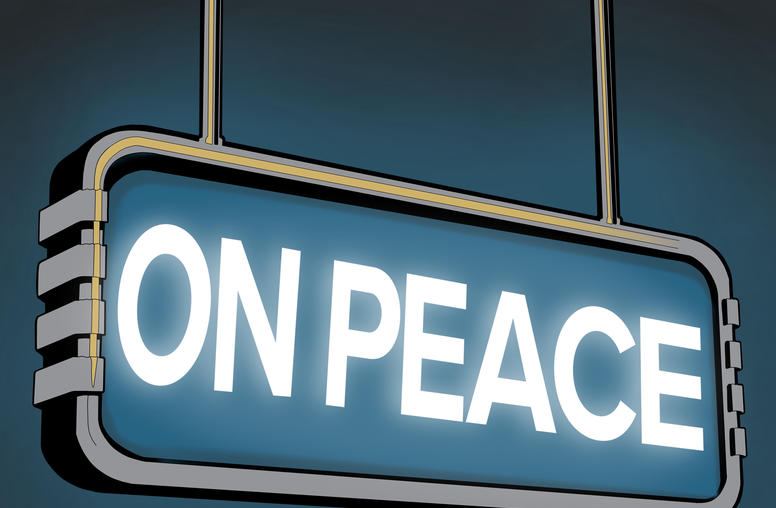
Mona Yacoubian on the Regional Reverberations of Assad’s Fall
The fall of Assad is “nothing short of a tectonic shift in power” across the Middle East, with Iran emerging as “the biggest loser” and Turkey “positioned to be a big winner,” says USIP’s Mona Yacoubian. But “the situation is going to bear very close watching … the stakes in Syria aren’t just regional, they’re global.”

Mona Yacoubian on the Challenges Awaiting a Post-Assad Syria
After the “stunning” collapse of the Assad regime, “the geostrategic stakes [in] Syria couldn’t be higher,” says USIP’s Mona Yacoubian. The question now on everyone’s mind is “Who rebuilds Syria? … The process [should] be Syrian-led and Syrian-owned.”
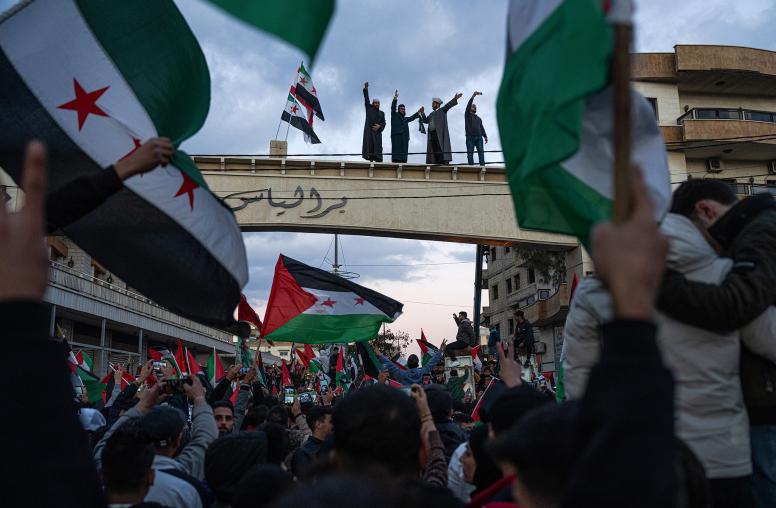
Assad is Gone – But the Fight for Syria May Have Just Begun
Less than took weeks ago, a rebel offensive led by al-Qaida offshoot Hayat Tahrir al-Sham (HTS) rekindled Syria’s long-frozen civil war, rapidly leading to the fall of Syria’s largest city, Aleppo. In short order, HTS and associated rebel groups then marched through Hama, the strategic city of Homs and took Damascus this weekend. Bashar al-Assad, who led the family dynasty that ruled Syria with an iron grip for over 50 years, fled the country and then resigned.
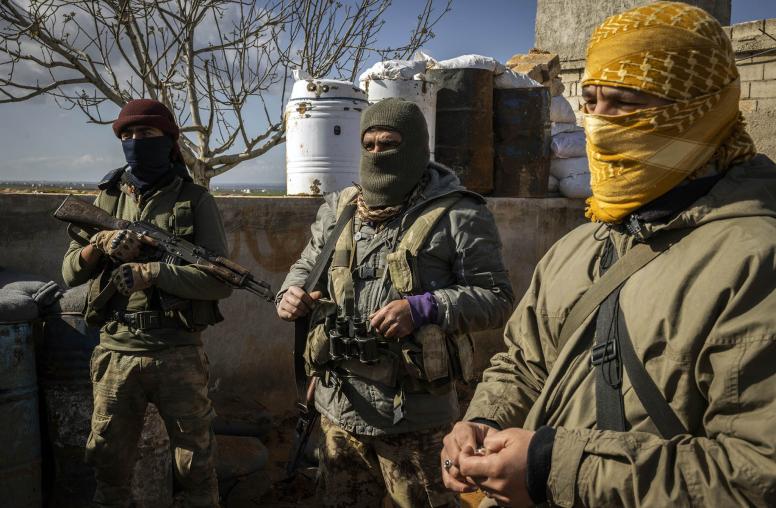
Syria’s Frozen Conflict Heats Up
Amid the Middle East’s 14 month-long crisis, Syria’s dormant civil war has been largely overlooked. Then in the middle of last week, a mélange of rebel groups led by the al-Qaida offshoot Hayat Tahrir al-Sham (HTS) went on an offensive, quickly capturing the city of Aleppo and making other advances across the country’s northwest.
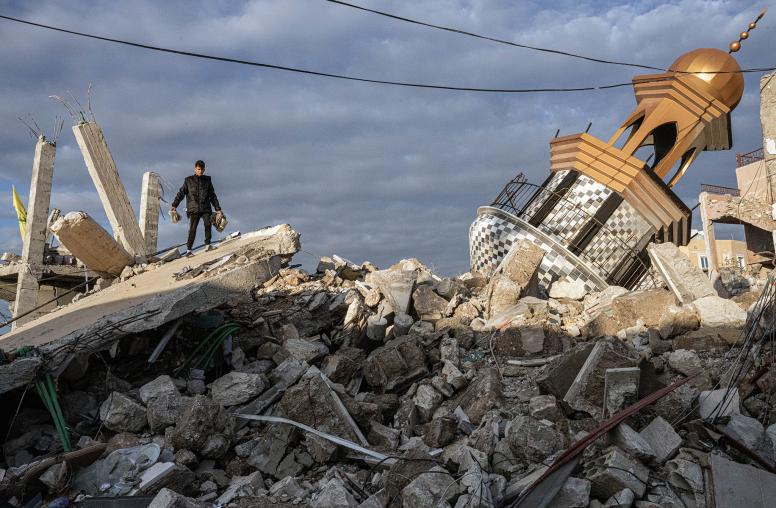
Can the Fragile Israel-Hezbollah Cease-fire Hold?
On November 26, Israel and Lebanon agreed to a cease-fire to be implemented in phases over 60 days. If it holds, the deal will end over a year of the heaviest fighting in decades between the two sides. Formally a deal between Israel and Lebanon, the agreement is effectively between the former and Hezbollah. The next two months will serve as a crucial test for the possibility of a sustained truce and a more durable and comprehensive resolution of disputed border areas between the two countries.

Mona Yacoubian on the Middle East’s Dangerous Escalation Dynamic
Amid the latest exchange of strikes between Israel and Iran, the Middle East is “a region that really is on fire,” says USIP’s Mona Yacoubian. “There are no guardrails anymore … all of these different players are testing and probing each other to see what they can get away with. And that’s where the danger lies.”
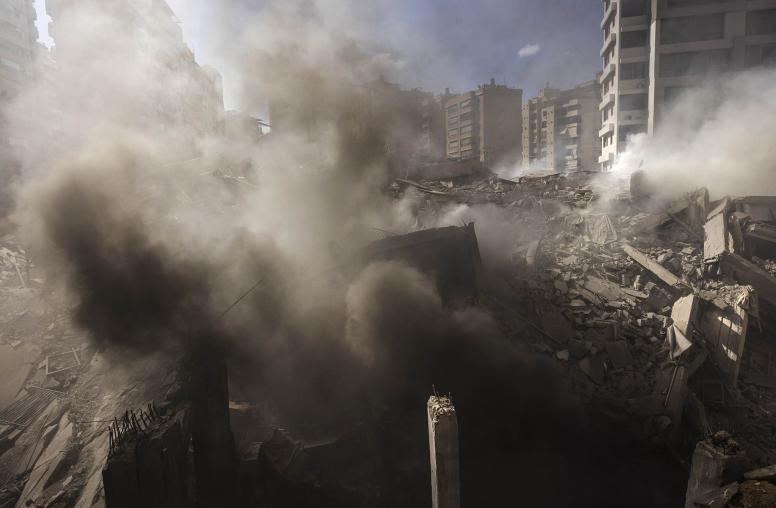
The Middle East on Fire
Iran’s ballistic missile strikes on Israel on October 1 have raised fears of an all-out war in the Middle East. The deepening spiral of bloodshed began on September 17 and 18 with the detonation across Lebanon of thousands of pagers and two-way radios used by Hezbollah operatives — one analyst deemed the unprecedented Israeli operation “the most extensive physical supply chain attack in history.” Ongoing airstrikes in Beirut and southern Lebanon have marked the most significant Israeli barrage in 11 months of tit-for-tat escalation. On September 27, Israel dealt Hezbollah a devastating blow by killing its leader Hassan Nasrallah in an airstrike on a Beirut suburb. Despite reeling from these latest reverses and the evisceration of its command structure, the Shiite militia continues to lob missiles at Israel. Stunned and outraged, Iran — Hezbollah’s patron — fired around 200 ballistic missiles at Israel; at least one person was killed in the West Bank. Iranians are now bracing for Israeli retaliation. The cycle of violence, it appears, is far from over.
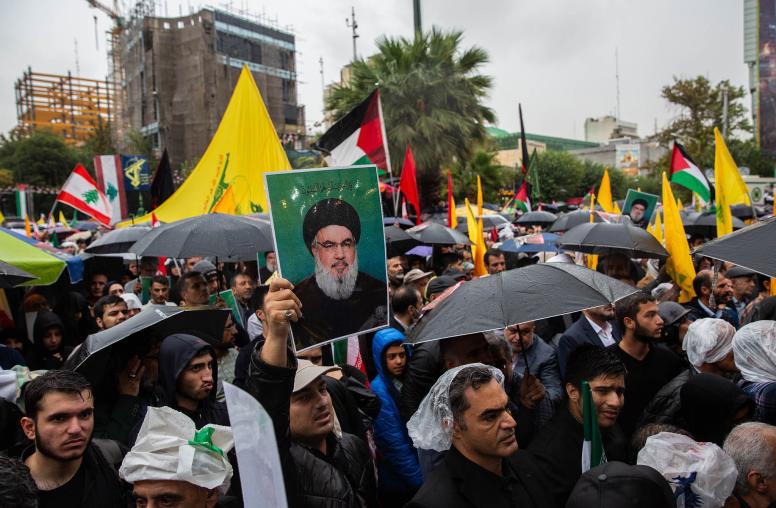
Hassan Nasrallah is dead. What happens next in the Middle East?
Two weeks ago, Israel announced that halting Hezbollah attacks had become an official goal of its post-October 7 war effort. Since then, Israel conducted a sophisticated clandestine attack on Hezbollah’s communications infrastructure and struck numerous Hezbollah targets in southern Lebanon and the suburbs of Beirut, killing many of Hezbollah’s senior leaders. Then, on Friday, an Israeli airstrike assassinated Hezbollah’s leader, Hassan Nasrallah, who led the group for over 30 years.

Israel and Hezbollah Change the Rules, Test Redlines — Will it lead to War?
Tensions between Israel and the Lebanese Shia militia Hezbollah are at their highest point since their 2006 war. They have exchanged tit-for-tat attacks since October, displacing tens of thousands from northern Israel and southern Lebanon. But in recent weeks, both sides have escalated the violence and rhetoric. USIP’s Mona Yacoubian looks at what’s driving this escalation, what each side is trying to tell the other and the diplomatic efforts underway to lower the temperature.